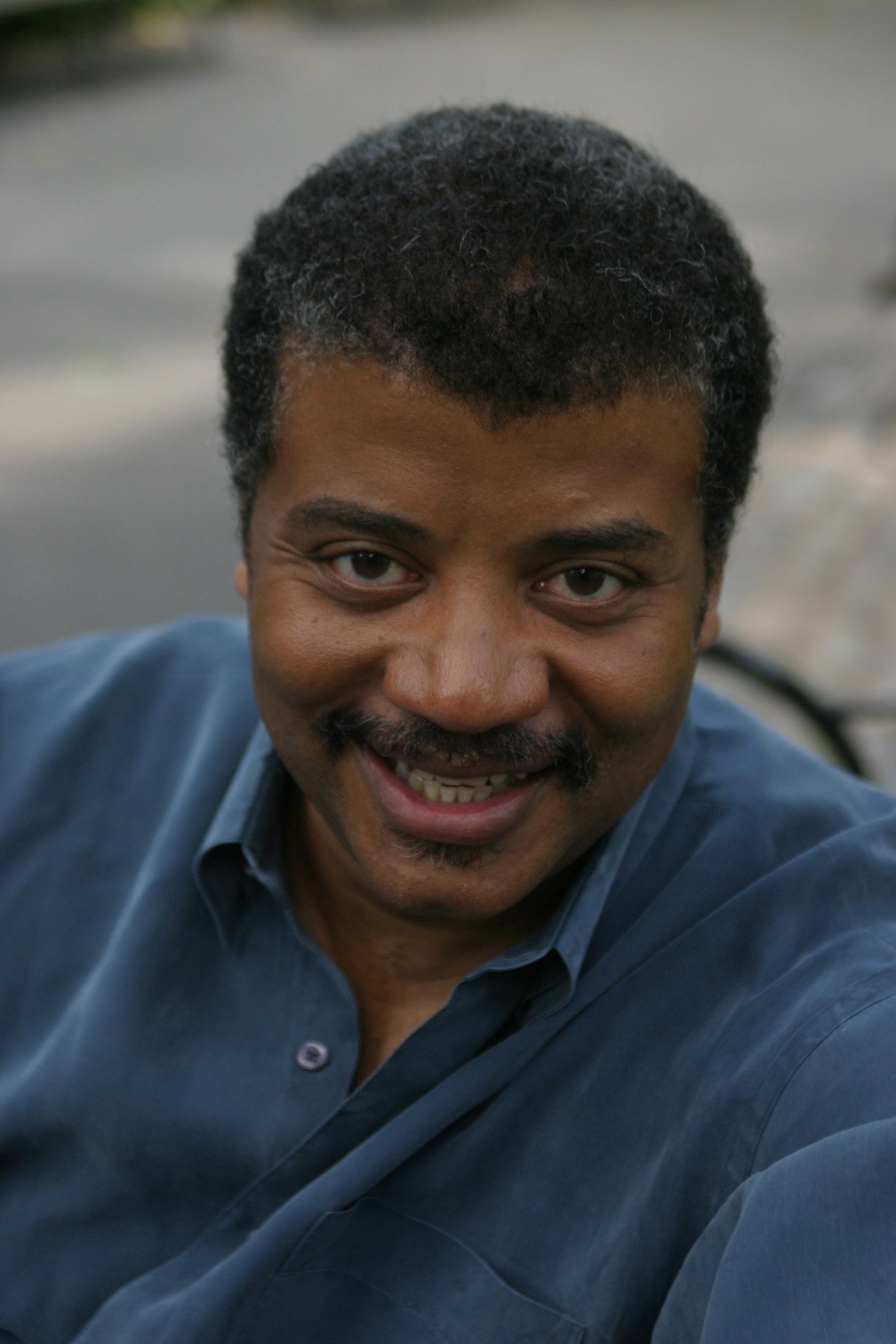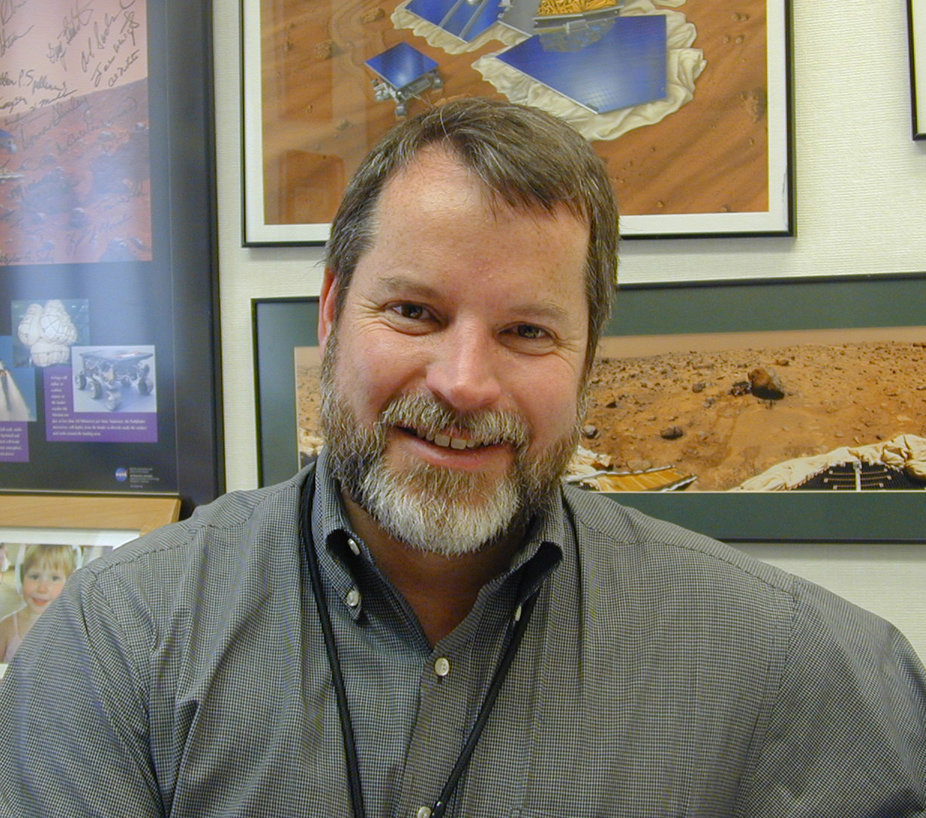Don Cohen, Managing Editor
Several articles in this issue of ASK give essentially the same important advice to project managers and engineers. In one way or another, they say, “Step back and look at the big picture.” 
That is certainly the message of Nancy Leveson’s “An Introduction to System Safety.” She explains why paying attention to the interactions of the system as a whole (not only the hardware and software but people and processes, too) is much more likely to ensure safety than focusing on the reliability of individual components. And Michael Hall’s discussion of “The Optimized Project Portfolio” argues that leaders need to keep their eyes on the big picture to make sure that the projects they approve and support actually help the organization achieve its aims.
“Nothing Weak About It,” by Keith Woodman, describes the work of “center focals” for the Constellation program at Langley almost entirely in terms of their ability to step back and understand center capabilities and project needs as a whole. Then they use that knowledge to negotiate balanced and effective use of the center’s resources. Toshifumi Mukai, the chief engineer of JAXA, the Japanese space agency, recalls his experience on a Japanese-American project to talk about what makes international projects work. Here, too, the broad view is important: working toward the overall success of the project rather than the local preferences of one group or the other. In international projects, looking at the big picture also means stepping back from the purely technical demands of the job to understand differences in language and culture and make them work for rather than against the project. In more general terms, “What’s Ahead for Project Management,” a roundtable discussion, considers the multiple abilities and breadth of vision project managers will need to manage complex, international projects.
Taking a step back also means finding new perspectives and new sources of knowledge that provide new ways of solving stubborn problems (and often a better understanding of what the problems are). The Operation Burnt Frost team used informal social networks to get the knowledge they needed to intercept a falling satellite. At Johnson Space Center, Dustin Gohmert took home what the astronaut seat team had been learning and turned it into a prototype that helped move the project to the next level. NASA and Capitol College found one solution to two problems—insufficient funding to continue monitoring a satellite and students’ need for hands-on experience—by turning over the tracking job to the college.
The value of new, broader sources of knowledge motivates the CoLab project, which has created an online environment where people within and outside NASA can share ideas. It underlies Ed Hoffman’s advocacy for a diversity of perspectives and Laurence Prusak’s advising people to get out of their offices and learn something. Too often, we equate serious work with bending over a computer or workbench, with intense focus on the task at hand. But standing up and looking around, taking a walk, or having a conversation are also part of work, and sometimes the most important part.








